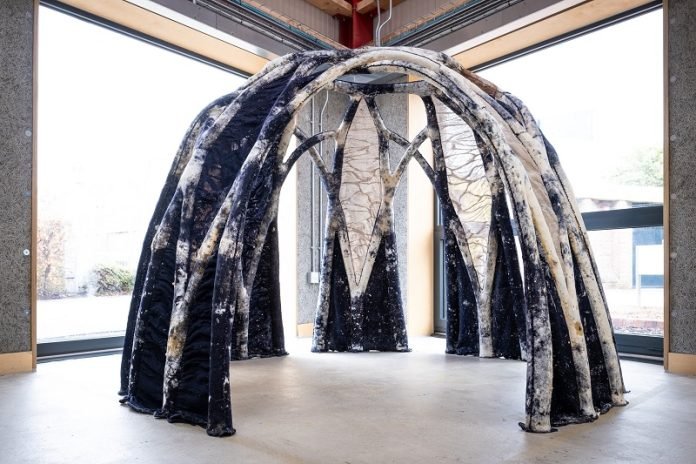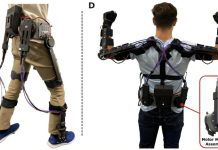
Construction might be about to get a whole lot greener thanks to the mighty mushroom!
Scientists, aiming to make the construction industry more eco-friendly, have figured out a new way to create building materials using a combo of fungi and knitting.
Researchers have toyed with the idea of using fungi in building materials before, but the tricky part has always been how to mold the organic material into different shapes.
That’s where knitting comes into the picture.
The team used knitted molds as a sort of flexible skeleton for a new material they called ‘mycocrete,’ made from the roots of fungi, or ‘mycelium.’
This special material is not only stronger but also more adaptable in terms of shapes and forms than previous attempts. This means we could potentially grow our future houses and buildings with this earth-friendly material!
Dr. Jane Scott from Newcastle University, the lead scientist of the project, shared their vision to revolutionize architectural spaces using mycelium mixed with bio-based materials like wool, sawdust, and cellulose.
The process of making mycocrete is quite fascinating. Scientists first mix mycelium spores with grains they can munch on and materials they can grow on. They then pack this mix into the mold and place it in a dark, warm, and moist environment.
As the mycelium grows, it sticks the substrate together tightly. The material is then dried out once it has grown to the right density but before it starts to produce mushrooms.
Conventional molds have limited the size and shape of mycelium-based structures because the mycelium needs oxygen to grow. But the team’s knitted molds, being porous and breathable, offer a great solution to this problem.
However, packing these soft molds was a challenge. To tackle this, Scott and her team created a unique mycelium mixture that could be easily injected into the knitted molds, maintaining the perfect balance between being liquid enough for easy packing and solid enough to hold its shape.
After drying, the scientists tested the strength of the mycocrete samples and found them to be stronger than traditional mycelium composites. Plus, the mycocrete didn’t shrink as much when dried, suggesting it could offer more consistent results in production.
The team took their success one step further and built a large prototype structure called BioKnit—a dome constructed without any joints or seams, thanks to the flexible knitted mold.
The potential for this technology is massive, opening doors for biofabricated architecture and the incorporation of textiles into the construction industry.
Follow us on Twitter for more articles about this topic.



